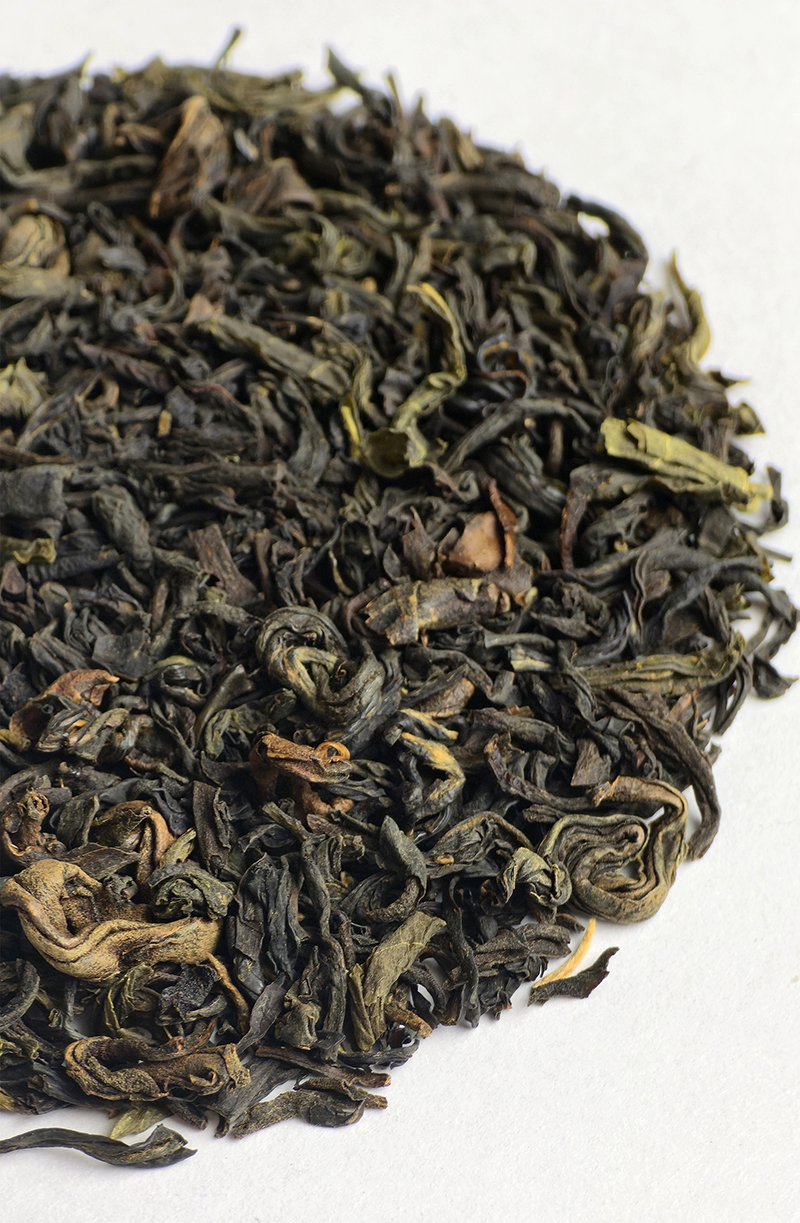Recent Posts
Categories
- Behind the Scenes (14)
- Gifting (18)
- Murchie's at Home (44)
- Recipes (74)
- Tasting Lab (16)
- Tea Stories (17)
Tag Cloud
- ice cream
- festive
- Harry and Meghan
- Spring
- lemon tea
- smokey
- latte
- picnic
- Wellness
- cold buster
- travel mug
- Peach Passion
- juice tea
- Antique
- tea cocktail
- diy latte
- Turmeric
- green-black blends
- Horchata
- white tea
- Rosé
- hot brew and chill
- hibiscus
- chai
- afternoon tea
- matcha
- cocktail
- beans
- cold brew coffee
- campfire
- canada 150
- iced coffee
- father's day
- Christmas
- Family
- Gift Ideas
- Morning Tea
- diy chai
- tea latte
- chai loose tea
- blue jasmine tea
- fruit tea
- chai tea
- Turmeric Latte
- Hibiscus Tango
- chai tea bags
- spiced tea
- tea
- hot brew
- iced tea
- sangria
- earl grey
- apple
- Easter
- Golden Milk
- canada day
- Mothers Day
- Breakfast Tea
- chamomile
- Oolong
- coffee
- tea recipe
- cozy
- pancakes
- cozy tea
- Ceylon
- holiday
- sencha
- canadian breakfast
- Turmeric Elixir
- gifts
- cold brewing
- recipe
- hibiscus tea
- hot chocolate
- pumpkin spice
- Valentine's Day
- cold steeping
- Family Day
- royals
- Brunch
- Tea Eggs
- royal tea
- camping
- cold brew
Tasting Lab: No.225 Blend
AJ Ward - Sept. 1, 2025
 An unnamed blend! 'No.225' doesn't exactly roll off the tongue, so I have been mulling over a few names for this, but none have really "stuck" with me. That said, part of the fun of the Tasting Lab, is it's a platform for experimentation--teas don't have to have a fully formed name yet. If it comes down to it... And this blend makes a return, then it would be interesting to receive suggestions. What does this blend bring to mind? Does it feel like a cozy reading-room tea? Maybe something referencing the light fragrance of gardenia, or the strong, fruity, robust aftertaste? A name to encompass a mood, or aesthetic, maybe. If not, then this tea keeps its formal designation--No.225!
An unnamed blend! 'No.225' doesn't exactly roll off the tongue, so I have been mulling over a few names for this, but none have really "stuck" with me. That said, part of the fun of the Tasting Lab, is it's a platform for experimentation--teas don't have to have a fully formed name yet. If it comes down to it... And this blend makes a return, then it would be interesting to receive suggestions. What does this blend bring to mind? Does it feel like a cozy reading-room tea? Maybe something referencing the light fragrance of gardenia, or the strong, fruity, robust aftertaste? A name to encompass a mood, or aesthetic, maybe. If not, then this tea keeps its formal designation--No.225!
I've spent a lot of time collecting old blending manuals and exploring the different preferences of tea blending across country and decade. In my previous posts--Poet's Blend, Bard's Blend, No.9, and even J.M. Blend--I've spoken in bits and pieces about traditional tea blending, blending across tea-categories, and especially about green-black blends. No.9 and J.M. Blend are classically Murchie's, pulling directly from our Big Black Blend Book, using scented teas and aromatic oolongs to further highlight a tea's body. Poet's and Bard's blend were some of my take on these styles of blends, following after Murchie's tradition. No.225 falls along the same line, a green-black blend, but inspired by manuals from 1870s to the 1890s. It has made me appreciate the unique take Murchie's has on green-black blends--often preferring Jasmine-scented teas, and often incorporating just a touch of smokey gunpowder. Light, and aromatic. From the 1870s onwards though, blending included more and more tea from India and Sri Lanka, hearty, malty flavours, a robustness that pairs well with milk. Many of these manuals still included ideas of how to approach green-black blends (a staple from the time!), but by the 1920s, these had faded out of popularity. Leaving an interesting time from the 1870s to the 1900s of strong-bodied, aromatic blends of Indian blacks and fragrant greens and oolongs.
I think it's obvious just from sipping some of my other blends, what kinds of flavours I reach for. It's also fun to step a little outside my comfort zone, and do some real experimenting. For this blend, I went in a different direction--a bold, full-bodied tea, a bit of malt, and strong fruit, highlighted with with a gentle aroma of gardenia, adding just a bit of sophistication. It plays a bit with the heavy-bodied strength of Indian teas, mixed with the fruity flavours of some China blacks. Though inspired by hardy green-black blends from old guides, I also incorporated some modernity--specifically purple tea, a cultivar that gained prominence in the 1990s (a good century after my initial inspiration!); specifically, black tea from Yunnan made with the Zijuan cultivar. These purple-tinged leaves, when oxidized into a black tea, make for a very intense orchard fruityness, and a strength and complexity to rival any Assam. Add to this, a bit of Assam, Ceylon, and Keemun--complexifying the flavour profile with malt, citrus, briskness, nuttyness. I think it's an interesting take--a bold and strengthy tea with such a delicate, floral aroma.
Dry, this tea opens immediately with gardenia on the nose. It brews to a deep red, and here the smell is strong, fruity, berry-forward with a floral finish. There is some malt, light baked notes, but mostly citrus and berries, a light astringency accompanying this tea's strong-bodied character, and finishing with that same gardenia. The light florals and fruit mingling together is especially nice. And, this tea takes to milk excellently, still coming through with sweet, jammy notes.
